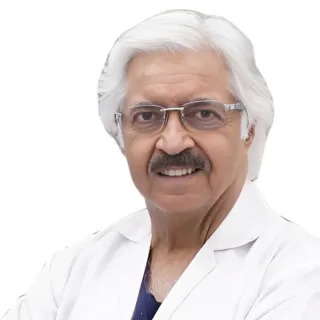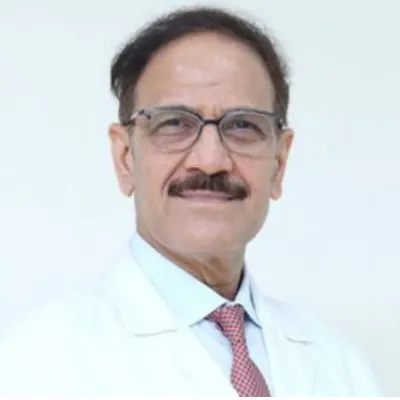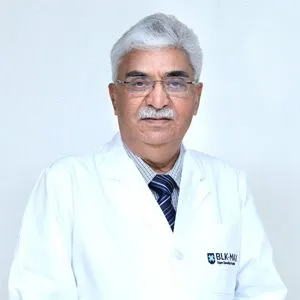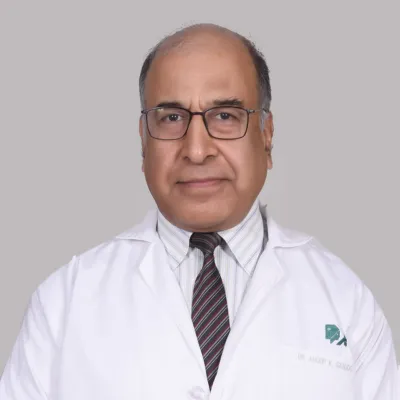Best Cardiologists in Artemis Hospital Gurgaon
 10 December,2025
Read More
10 December,2025
Read More
Starting From: USD 6736 - USD 13834
Endoleak Treatments is affordable in India. The cost of Endoleak Treatments in India lies between USD 6736 - USD 13834. The exact procedure price depends on multiple factors such as the surgeon's experience, type of hospital, severity of the condition, patient's general condition,�etc.
Endoleaks are a critical concern in the management of aortic aneurysms. They occur when blood leaks into the aneurysm sac after endovascular aneurysm repair (EVAR), a minimally invasive procedure used to treat aortic aneurysms. Addressing endoleaks promptly is crucial to prevent potential complications and ensure the long-term success of the intervention. Let’s explores the intricacies of endoleak treatments, encompassing their types, indications, procedural details, benefits, considerations, and their impact on patient outcomes.
An endoleak is a persistent blood flow within the aneurysm sac following EVAR. It can occur due to various reasons, including incomplete sealing of the stent-graft, poor graft apposition, or the presence of branch vessels that continue to supply blood to the aneurysm sac.
Procedural Details of Endoleak Treatments
Endoleak treatments represent a pivotal aspect of aortic aneurysm management, ensuring the efficacy and longevity of endovascular interventions. Through meticulous patient evaluation, advanced imaging techniques, and expert procedural execution, these treatments play a vital role in preventing complications and preserving the patient's cardiovascular health. With ongoing advancements in endovascular technology and the collaborative efforts of multidisciplinary medical teams, endoleak treatments continue to improve outcomes for individuals facing the challenges of aortic aneurysms. They stand as a testament to the progress in vascular medicine, offering renewed hope and vitality for patients around the world.

Chairman
Interventional Cardiologist
Fortis Escorts Heart Institute, New Delhi

Chairman
Interventional Cardiologist
BLK-Max Super Speciality Hospital, New Delhi

Director
Cardiologist, Interventional Cardiologist
Max Super Speciality Hospital, Saket, New Delhi

Chairman
Cardiac Electrophysiologist, Interventional Cardiologist
BLK-Max Super Speciality Hospital, New Delhi

Consultant
Interventional Cardiologist
Indraprastha Apollo Hospital, New Delhi

Senior Consultant
Cardiothoracic and Vascular Surgeon
Indraprastha Apollo Hospital, New Delhi
Doctor of Pharmacy
Dr. Deepanshu Siwach is a skilled clinical pharmacist with a Doctor of Pharmacy degree.?He has 4+?years of experience and has worked with thousands of patients. He has been associated with some of the top hospitals, such as Artemis Gurgaon.
Dr. Deepanshu Siwach is a skilled clinical pharmacist with a Doctor of Pharmacy degree.?He has 4+?years of experience and has worked with thousands of patients. He has been associated with some of the top hospitals, such as Artemis Gurgaon....
Dr. Aseem Ranjan Srivastava is an experienced Pediatric Cardiothoracic Surgeon specializing in Minimal Access and Robotic Cardiac Surgery. He strongly recommends prompt corrective repair when possible....
The Art of Effective Communication
 10 December,2025
Read More
10 December,2025
Read More
 09 December,2025
Read More
09 December,2025
Read More
 05 December,2025
Read More
05 December,2025
Read More
 04 December,2025
Read More
04 December,2025
Read More
 27 November,2025
Read More
27 November,2025
Read More
 25 November,2025
Read More
25 November,2025
Read More